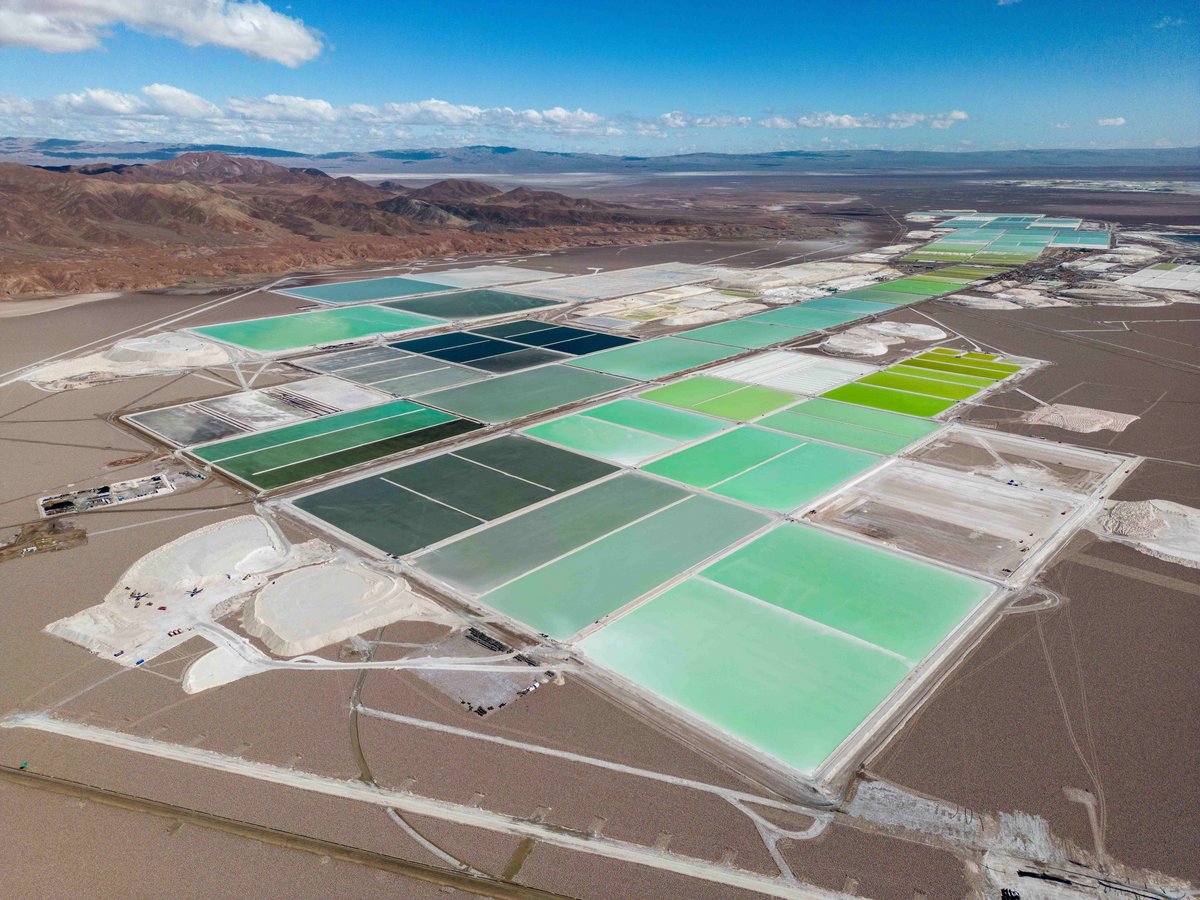In the heart of Allier, a lithium deposit discovered in 2022 raises local economic hopes, but also significant ecological fears. Would it be possible to preserve the environment while maintaining our energy sovereignty?
Lithium has become a fundamental pillar of our civilization. Without it, there are no batteries, no smartphones, laptops or tablets. No electric cars either. The renewable energy market is constantly growing and this metal has therefore become the heart of energy storage systems from solar or wind power. Holding lithium in the basement of a territory ensures that you have an elementary strategic resource for the economic and energy future.
France has a very beautiful deposit located at Echassières in Allier, and the Emili project, led by the Imerys group, aims to exploit it. However, this is not without raising significant questions about its environmental impact.
The potential of the Massif Central in the energy transition
Since 2005, Imerys has been exploiting the Beauvoir deposit to extract kaolin (white clay). Underneath this quarry are actually 118 million tonnes of lithium. Christopher Heymann, the site director, does not hide his enthusiasm: “ We know that we are on a deposit of European, even global, interest “. This lithium is the result of very ancient geological activity, estimated at 300 million years old; today, it represents an immense challenge for French and European energy sovereignty.
For the prefect of Allier, Pascale Trimbach, this reservation is crucial: “ It is a structuring project for the Allier department since it should generate around 1,000 direct and indirect jobs, but it is also a very important project for France in terms of reindustrialization. (…)”.
According to Imerys’ predictions, the company will be capable of producing lithium hydroxide for 700,000 cars per year from the year 2028, for a period of at least 25 years. The financial stakes are therefore colossal.

Charged batteries, at what cost to nature?
From a strictly economic point of view, the Emili project is necessarily promising, both locally and nationally. From an environmental perspective, it’s a different story. Jacques Morisot of the association Let’s preserve the Colettes forestworries: “ We fear the drop in the water table, there is the question of the quantity of water used by the mine and all the pollution linked to this project “. In fact, the extraction of lithium is done by evaporation of brines from the subsoil, and the process is very water intensive. Neighboring ecosystems as well as local agricultural production could be significantly affected. Jacques Morisot questions the very purpose of the project: “ We want to do this mine project to equip an extravagant number of electric SUVs, but (….) is this what we need to do in terms of mobility while respecting the planet? “.
To moderate emerging fears about the project, Imerys has adhered to several commitments. Heymann states that Imerys “ hears the concerns and tries to respond to them by carrying out impact studies: we will measure the behavior of the water tables over a year and we include the project in this modeling “. He also assured that the forest will not be subject to any drilling in its subsoil.
The Emili project embodies the contemporary dilemma to perfection: ensuring the smooth running of the “ energetic transition » while keeping in mind that the survival of our ecosystems is essential. Is there really a balanced and sustainable approach to the exploitation of natural resources? Currently, lithium extraction remains catastrophic in terms of environmental impact. If new solutions are envisaged (direct extraction of lithium or use of green hydrogen instead of fossil fuels), these will not yet be operational for a few years.
Sources: Geo, Clean Automotive

2